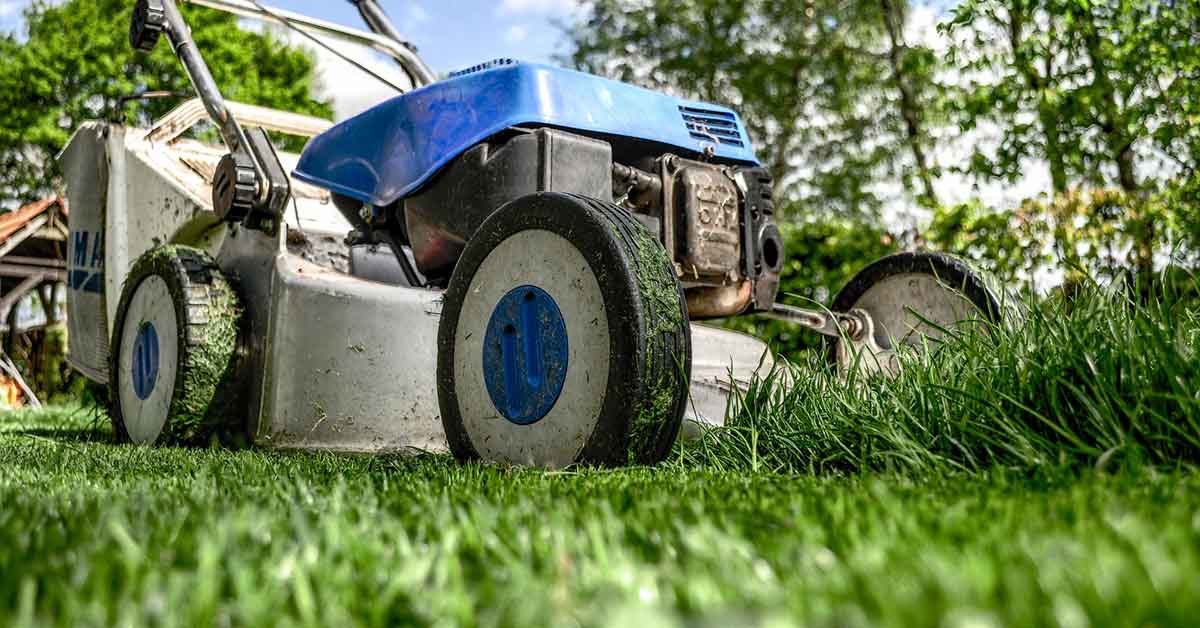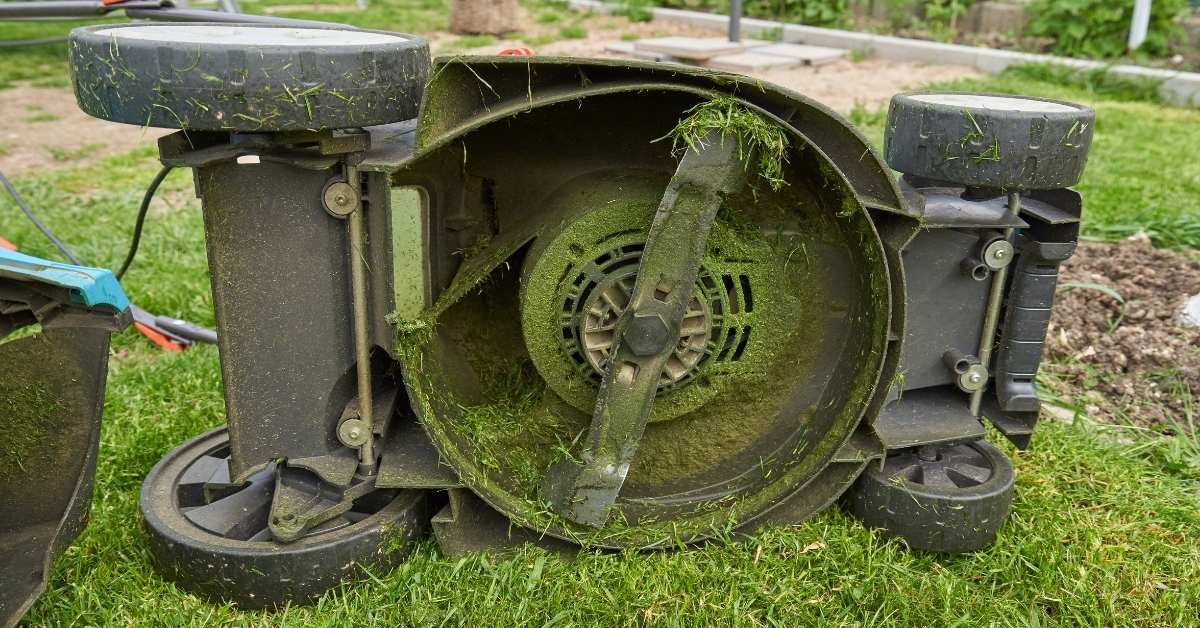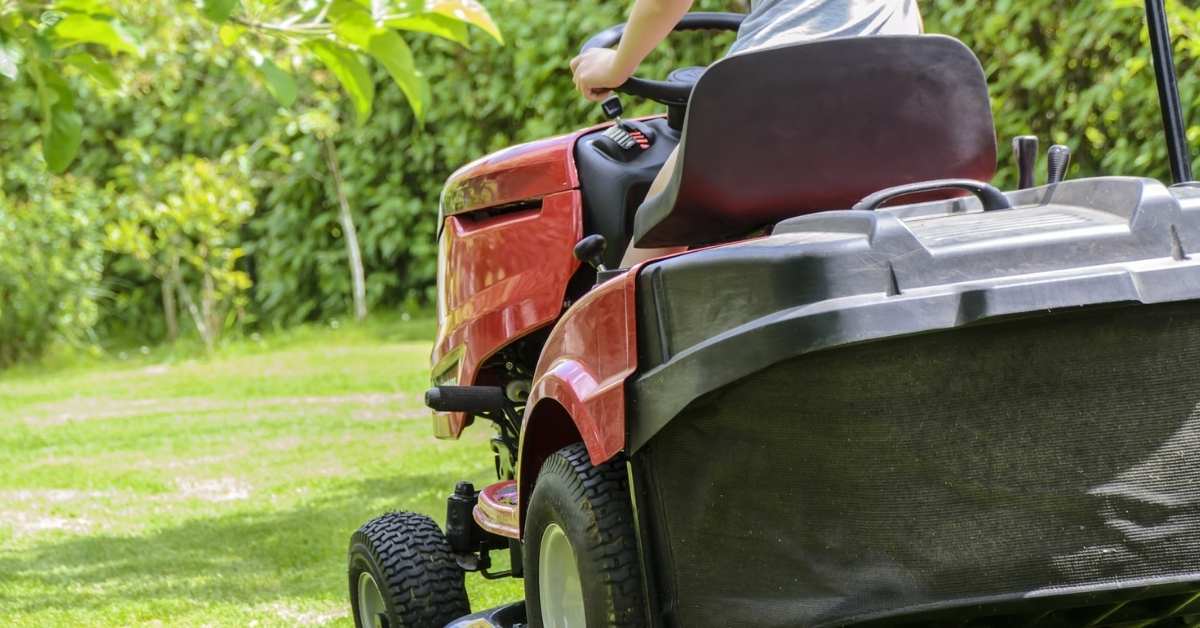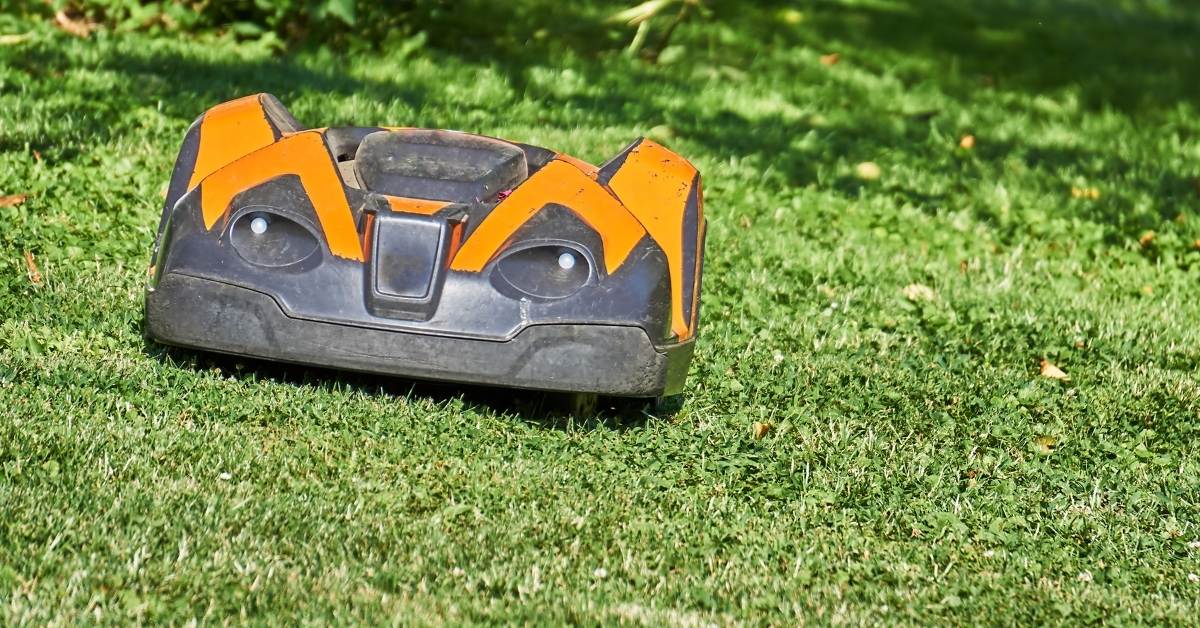If you want to have a lawn that looks like it belongs in a magazine, you need to know how to cut it properly. Lawn cutting is not just a matter of pushing a mower around and hoping for the best. It involves planning, preparation, and proper techniques that will ensure your lawn is healthy, attractive, and easy to maintain.
But don’t worry; lawn cutting is not rocket science. Anyone can learn how to do it with some guidance and practice.
In this article, we will show you everything you need to know to master lawn cutting, from choosing the right mower for your lawn to setting the correct blade height to mowing in straight lines and more. By following the guidelines in this article, you will be able to transform your lawn into a lush and green oasis that will make your neighbors jealous.
So, are you ready to learn how to mow your lawn like a pro? Let’s get started!
The Ultimate Guide to Lawn Cutting Tips and Tricks
Kids have been lawn-cutting for so many years; it doesn’t seem like there’s much to the job. But if you’ve never cut a lawn, you really do need to know the basics that the kids probably don’t.
Lawn cutting is more complicated than it seems, particularly if you want to do it well. You need to plan ahead if you have any problematic aspects, like rough terrain.
Here are the guidelines you need that will help make your lawn cutting easier on you and your lawn.
Choose the Right Mower for Your Lawn For Lawn Cutting
One of the most important factors for a successful lawn cutting is choosing the right mower for your lawn. Different types of mowers have different advantages and disadvantages depending on the size, shape, and condition of your lawn. For example:
- Push mowers are ideal for small, flat lawns that don’t have many obstacles or slopes. They are easy to maneuver, inexpensive, and eco-friendly. However, they can be tiring to use, especially in hot weather, and they may not cut the grass evenly or cleanly.
- Self-propelled mowers are great for medium to large lawns that have some slopes or uneven terrain. They have a motor that drives the wheels, so you don’t have to push them as hard. They also have adjustable speed and height settings, which can help you achieve a better cut. However, they are more expensive, noisy, and require more maintenance than push mowers.
- Riding mowers are perfect for large, flat lawns that take a long time to mow with a push or self-propelled mower. They are comfortable, fast, and efficient. They can also have attachments for mulching, bagging, or edging. However, they are very expensive, bulky, and consume a lot of gas and oil.
Before you buy a mower, consider the following factors:
- The size and shape of your lawn,
- The type and height of your grass,
- The terrain and obstacles of your lawn,
- Your budget and preferences.
You should also read reviews and compare the features of different models to find the best one for your needs.
Set your mower’s blade height to the middle position. You don’t want the grass so short that the sun will scorch it nor so long that it will make your subsequent cutting more difficult.

Mow in Straight Lines
Mowing in straight lines is the easiest and most efficient way to cut your lawn, especially if you are a beginner. By mowing in straight lines, you can ensure that your rows are even and consistent and that you cover the entire area without missing any spots or overlapping too much. This will make your lawn look neat and tidy and save you time and gas.
To mow in straight lines properly:
- Start from one edge of your lawn and choose a point in the distance to aim for. This can be a tree, a fence, a house, or anything else that is straight and visible.
- Align your mower with the edge of your lawn and the point you chose, and start moving forward. Keep your eyes on the point and avoid looking down at your mower or your feet.
- When you reach the end of your row, turn your mower around and align it with the edge of your previous row. Leave a small gap of about 6 inches between the rows to avoid scalping the grass or damaging the mower blades.
- Repeat this process until you finish the entire lawn. Try to keep your rows as straight and parallel as possible. If you encounter any obstacles or curves, adjust your direction slightly and resume your straight line as soon as possible.
You can mow your lawn in straight lines like a pro when you follow these rules. You will be amazed by how much better your lawn will look and how much easier your mowing will be.
Keep your eye on the mower bag
Sure, I can do that. Here is how I would expand the part about keeping an eye on the mower bag with more information:1
Keep Your Eye on the Mower Bag
If you choose to bag your grass clippings, you need to keep an eye on the mower bag and empty it regularly. If the bag gets too full, it can cause several problems for your lawn and your mower, such as:
- The grass clippings will not be collected properly and will fall on your freshly-cut rows, creating a mess and blocking the sunlight from reaching the grass underneath. This can cause the grass to turn yellow or brown and die.
- The mower will become heavier and harder to push, which can make your mowing more tiring and less efficient. It can also affect the balance and stability of your mower, which can be dangerous on slopes or uneven terrain.
- The mower will lose suction and performance, which can result in poor-quality cuts and uneven rows. It can also damage the mower engine and reduce its lifespan.
To avoid these problems, you should check your mower bag frequently and empty it when it is about half full or before it starts to bulge. You should also shake or tap the bag gently to remove any excess dust or debris that may clog the air vents. You can dispose of the grass clippings in a compost bin, a trash can, or a recycling center, depending on your local regulations.
Do your lawn-cutting often
Do your lawn-cutting often to encourage your grass to grow more fully and lush. If you cut too often, however, you’re wasting your time and your gas. Generally speaking, once a week will suffice in most areas.
You might like to see: The Best Tips for Lawn Weed Control
Avoid Mowing in Extreme Conditions
You should mow your lawn only when the grass is dry. If you do lawn cutting when the grass is wet, you might spread fungus or insects with the mower since they cling to wet grass.
Your lawn is best mowed in the late afternoon or early evening. This way, the grass has had the whole day to dry out from morning dew or daytime watering.
Remember that lawnmowers are potentially dangerous. Wear shoes, and move obstacles out of the way before you mow any area, to be sure.
Don’t attempt to play catch-up the first time you bring the mower out if you let your grass run too long between trims. Cut it down a little each time you mow until it’s back to the desired height.
How about seeing this: Homeowner Lawn Care | Watering During Summer

You should mow your lawn only when the grass is dry. If you do lawn cutting when the grass is wet, you might spread fungus or insects with the mower since they cling to wet grass.
Your lawn is best mowed in the late afternoon or early evening. This way, the grass has had the whole day to dry out from morning dew or daytime watering.
Change Your Mowing Direction Every Time
Remember in which direction you mowed the lawn last, and change the direction every time you mow. This way, all the grasses will have a chance to grow more erect, and there will less likely be a wear pattern from your lawn cutting.
Check out this: How to Apply a Crabgrass Preventer in March
Maintain Your Mower Regularly
Make sure your mower blades are sharpened, so you’re not grass-smashing when you’re trying to do your lawn mowing. Keep an extra blade around so you’ll have one when you take one in to be sharpened. And be sure to change the oil in your mower one time or more during the lawn-cutting season.
The wrong kind of lawn cutting can destroy your lawn or leave it vulnerable. The right style can help your lawn remain healthy and thriving.
Here are some additional information that you can add to your article to make it more informative and rank higher:
Mulch, Bag, or Discharge Your Grass Clippings
When you mow your lawn, you have three options for what to do with your grass clippings: mulch, bag, or discharge. Each option has its pros and cons, depending on your lawn’s condition and your personal preference.
- Mulching means leaving the grass clippings on the lawn, where they decompose and return nutrients to the soil. This can help improve your lawn’s health and reduce the need for fertilizers. However, mulching can also cause thatch buildup, which is a layer of dead grass that prevents water and air from reaching the roots. To avoid this, you should only mulch when the grass is dry and not too long, and use a mulching blade or a mulching kit for your mower.
- Bagging means collecting the grass clippings in a bag attached to your mower, which you can then dispose of or use for composting. This can help keep your lawn neat and tidy and prevent weed seeds from spreading. However, bagging can also reduce the nutrients in your soil and require more time and effort to empty and replace the bags.
- Discharging means ejecting the grass clippings from the side or rear of your mower, where they are left on the lawn or blown away by the wind. This can be a quick and easy option, especially if you have a large lawn or a lot of obstacles. However, discharging can also create a mess on your lawn or your neighbor’s property and pose a safety hazard if the clippings hit people or objects.
You should choose the option that suits your lawn’s needs and your personal preference. You can also switch between options depending on the season and the weather.
Follow the One-Third Rule
One of the most important rules for lawn cutting is to follow the one-third rule. This means that you should never cut more than one-third of the grass blade’s length at a time. Cutting too much grass at once can stress your lawn and make it more susceptible to diseases, pests, and drought. It can also reduce the photosynthesis process, which is how the grass produces food and energy.
To follow the one-third rule, you should adjust your mowing frequency and height according to the growth rate of your grass. Different types of grass have different optimal heights, which you can find online or on seed packages. For example:
- Cool-season grasses, such as Kentucky bluegrass, perennial ryegrass, and tall fescue, grow best when they are 2.5 to 4 inches tall. You should mow them when they reach 3.75 to 6 inches tall.
- Warm-season grasses, such as Bermuda grass, zoysia grass, and St. Augustine grass, grow best when they are 1 to 2 inches tall. You should mow them when they reach 1.5 to 3 inches tall.
If you properly follow the one-third rule, you can keep your lawn healthy and attractive throughout the year.
Conclusion
Lawn cutting is not as simple as it may seem. It requires planning, preparation, and proper techniques to achieve a beautiful and healthy lawn.
By following the guidelines in this article, you can learn how to choose the right mower for your lawn, set the correct blade height, mow in straight lines, keep an eye on the mower bag, mow often but not too often, avoid mowing in extreme conditions, change your mowing direction every time, maintain your mower regularly, mulch, bag, or discharge your grass clippings, and follow the one-third rule. By doing so, you can enjoy a lush and green lawn that will make you proud.
FAQs
How often should I sharpen my mower blades?
You should sharpen your mower blades at least once a year, preferably before the start of the mowing season. Dull blades can damage your grass and make your mowing harder and less efficient. You can sharpen your blades yourself with a file or a grinder or take them to a professional service.
How can I prevent weeds from growing on my lawn?
The best way to prevent weeds from growing in your lawn is to maintain a healthy and dense turf that will crowd out the weed seeds. You can do this by following the lawn-cutting guidelines in this article, as well as fertilizing, watering, and aerating your lawn regularly. You can also apply pre-emergent herbicides in the spring and post-emergent herbicides as needed to control any existing weeds.
What are the benefits of mulching my grass clippings?
Mulching your grass clippings can help improve your lawn’s health and appearance by returning nutrients and moisture to the soil, reducing the need for fertilizers, enhancing the soil structure and drainage, suppressing weed growth, and moderating the soil temperature. However, you should only mulch when the grass is dry and not too long, and use a mulching blade or a mulching kit for your mower.



Thank you so much for your safety tips regarding lawnmowers to make sure no one gets hurt while using them. My son has agreed to help me manage our property and maintain everything down to the front yard. Since I want him to stay safe while working on those areas, I’ll keep your tips in mind when we buy our first lawnmower and start using it.